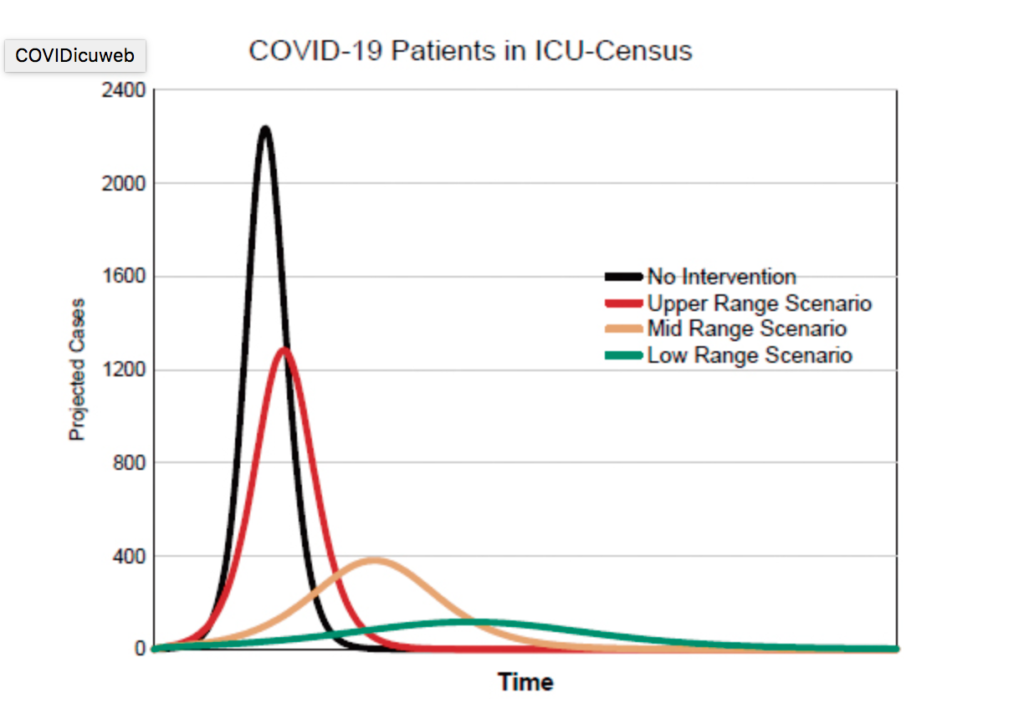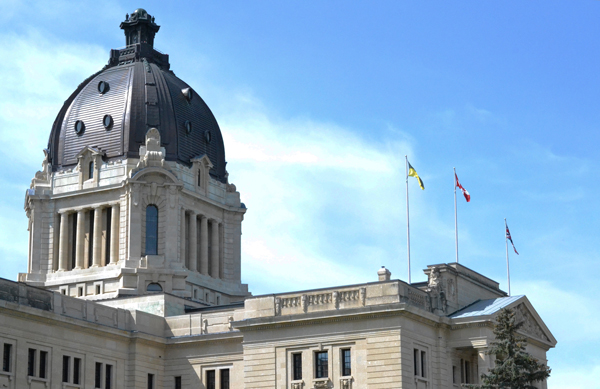With 15 more people bouncing back from COVID-19 between Tuesday and Wednesday, Saskatchewan’s total recoveries has hit 103; however, 165 cases are still active.
The province reported 11 new cases of the virus on Wednesday, bringing that total—both recovered and active cases—to 271.
Currently, there are eight people in hospital with COVID-19-related illnesses.
Six people are receiving inpatient care: one in the north, four in Saskatoon and one in Regina. Two are in the ICU, one in Saskatoon and one in Regina.
Of the 271 cases, 119 are linked to travel and 90 to community contacts, which includes gatherings. Sixteen cases have unknown exposures and 46 are still under investigation.
Twenty-six of the cases are health care workers, although the source of infections may not be related to their work environments.
Fifteen cases involve people 19 years of age and under, 114 cases are in the 20-44 age range, 94 are in the 45-64 age range and 48 are in the 65-plus range.
Fifty-four per cent of the total cases are males and 46 per cent are females.
Prince Albert’s region, the north, has a total of 51 reported cases. Twenty-two of those are active.
This is comparable to the Regina area, which is at 56 reported cases, 28 of which are considered active.
The far north has four reported cases and two recoveries.
To date, there’s been 15,621 COVID-19 tests performed in the province. Saskatchewan remains at three deaths related to the virus.
Projections, not predictions: Province reacts to health authority modelling
Premier Scott Moe is reminding the public that the Saskatchewan Healthy Authority’s (SHA) updated COVID-19 modelling isn’t a measure of what is likely to happen in the future.
The model, released Wednesday morning, shows a variety of scenarios from no intervention to a low range of spread.
It said the province could see over 8,000 deaths from the virus. This stirred up the public, criticizing that the model’s numbers aren’t realistic with Saskatchewan’s current data.

“(It’s) a set of projections—not predictions—but projections so that they can build our health care delivery model around these projections so that we prepare province wide…to deal with whatever is coming at us from a health delivery perspective,” said Moe.
“They’re using these projections to ramp up, if you will, their health care delivery from corner to corner in this province.”
He echoed the SHA’s comments, saying that it’s too early to say where the province is on the curve. However, Moe said he thinks Saskatchewan’s peak will come later than other provinces.
Regardless, Moe said the model is “tremendously alarming.” That’s why it’s so important to stay firm on restrictions such as limited gatherings and temporary business closures.
“There isn’t a day that goes by that I don’t think about the impact that that has on our economy. There also isn’t a day that goes by that I don’t think about the impact that this is having on health and the fact that it is saving lives here in the province.”
Because the month of April consists of many religious celebrations, Chief Medical Health Officer Dr. Saqib Shahab reminded residents to limit face-to-face interactions. Now’s the time to take advantage of technology, he said.
Shahab stressed that recent cases have been exposed to COVID-19 through shopping.
It’s important that only one person per household makes a grocery trip, and try to go at a time when it’s less crowded. Make a list, he suggested, and wear a cloth mask if it makes you feel more comfortable.
“At this point, we seem to be better than scenario three,” said Shahab, which is the scenario of the lowest spread.
But it won’t stay there if residents don’t do their part to flatten the curve.
Moe was unable to say when the province will start lifting restrictions. He said they’re not “actively considering” removing any restrictions, nor putting additional measures in place.


